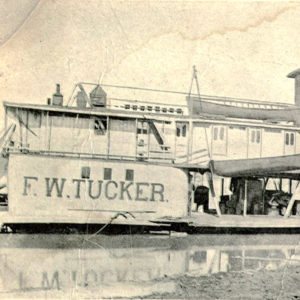 F. W. Tucker Steamboat
F. W. Tucker Steamboat
Entry Category: Transportation - Starting with F
 F. W. Tucker Steamboat
F. W. Tucker Steamboat
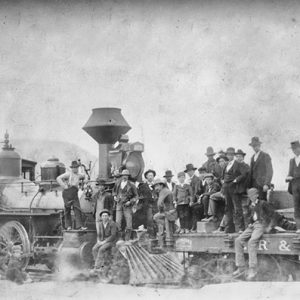 First Train to Paris
First Train to Paris
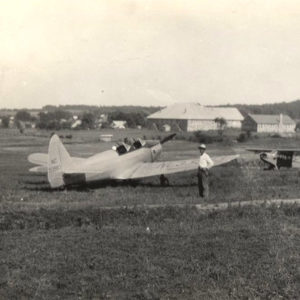 Flippin Airport
Flippin Airport
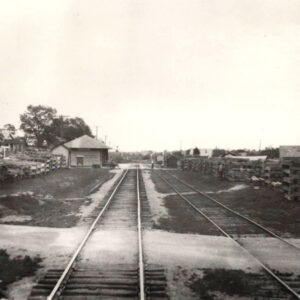 Flippin MoPac Tracks
Flippin MoPac Tracks
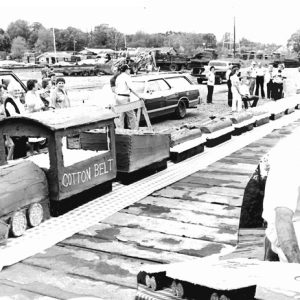 Fordyce on the Cotton Belt Festival Cake Train
Fordyce on the Cotton Belt Festival Cake Train
 Samuel Fordyce
Samuel Fordyce
Fordyce, Samuel Wesley
Forest Rose [Steamboat]
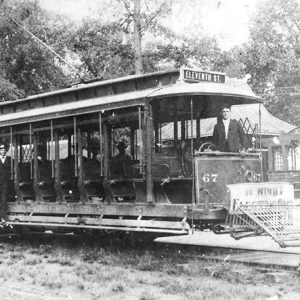 Fort Smith Trolley
Fort Smith Trolley
Fort Smith Regional Airport
Fort Smith to Jackson Road
 Fort Smith to Jackson Road
Fort Smith to Jackson Road
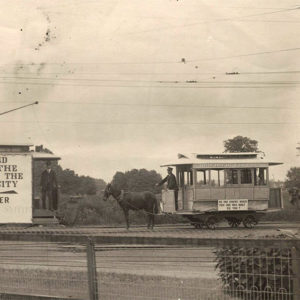 Fort Smith Trolleys
Fort Smith Trolleys
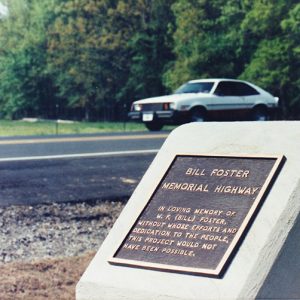 Foster Memorial
Foster Memorial
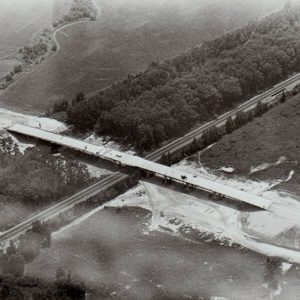 Foster Memorial Highway
Foster Memorial Highway
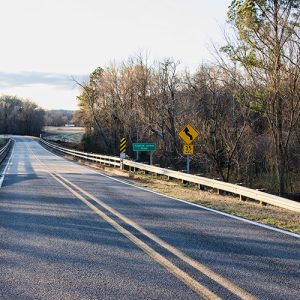 Fourche La Fave Bridge
Fourche La Fave Bridge
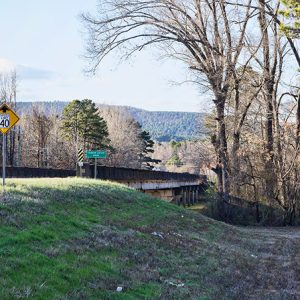 Fourche La Fave Bridge
Fourche La Fave Bridge
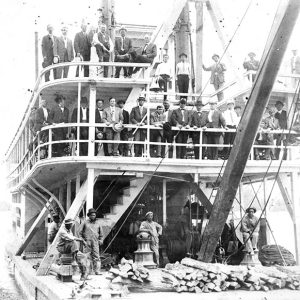 Frank R. Hill Steamboat
Frank R. Hill Steamboat
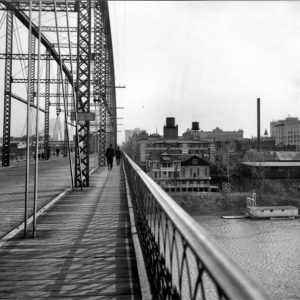 Free Bridge
Free Bridge
 Free Bridge
Free Bridge
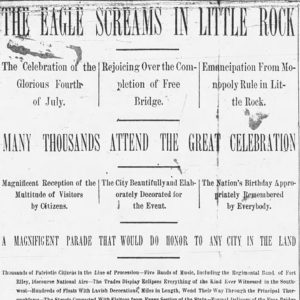 Free Bridge Flyer
Free Bridge Flyer
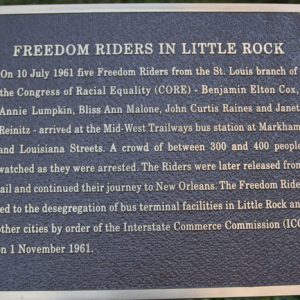 Freedom Riders Plaque
Freedom Riders Plaque
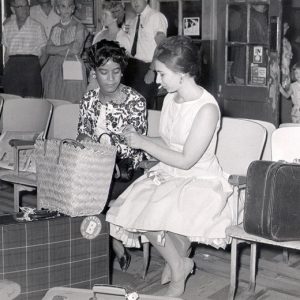 Freedom Rides
Freedom Rides
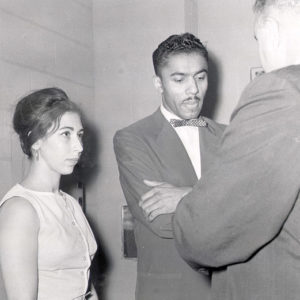 Freedom Rides
Freedom Rides
Freedom Rides
 Fulton Bridge
Fulton Bridge
 Fulton Bridge
Fulton Bridge




